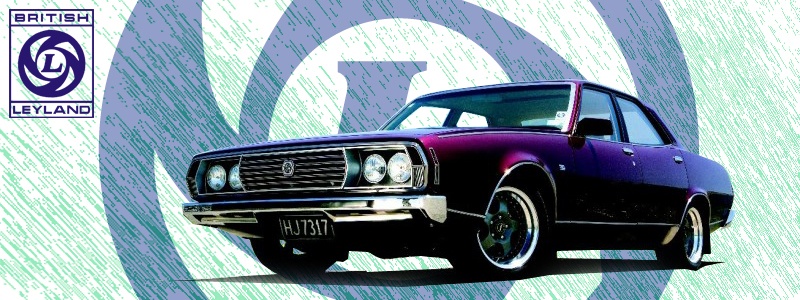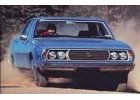Leyland Motors grew from the Lancashire Steam
Motor Company, founded in the town of Leyland,
North West England by the Sumner and Spurrier
families. Their first vehicle was a 1.5 ton
steam powered van, and then in 1907 the company
would change its name to simply Leyland Motors. In 1920 came the Leyland 8, a luxury tourer
that would soon find its way to the racetrack
at Brooklands, being driven by J. G. Parry-Thomas
(who unfortunately would later be killed when
making an attempt on the land speed record
after the chain drive broke).
The Spurrier
family would continue its control of the company
through three generations, until the retirement
of Sir Henry Spurrier in 1964. During Sir Henry’s
reign the company would rapidly expand, acquiring
competitors such as Standard Triumph. It is
worth noting that under Sir Henry’s leadership
the company enjoyed excellent labour relations,
it widely reported that not one day was lost
to industrial action – but things were
about to change!
Donald Stokes would take control,
and in 1968 it would merge with British Motor
Holdings (BMH) with encouragement from the
Wilson Labour Government, to form the British
Leyland Motor Corporation. Famous marques in
the BMH family included Daimler, Guy, BMC (including
of course BMC Australia), Austin and Morris. Difficult to manage because of the many divisions
under its control, all manufacturing similar
products and in turn competing with each other,
difficulties would be compounded by problems
arguably outside its control, such as the oil
crisis of the early 1970’s and continued
difficulty with hard line unions.
In 1974 the
company was forced to seek a guarantee from
the British government so that it could continue
to operate. With the Australian operation reportedly
losing some $56 million, British Leyland would
dispatch 31 year old David Abell to assume
Managing Director responsibility, and given
the financial difficulties being faced by the
parent company it was obvious to most that
he would shut down operation. The 1974 Industries
Assistance Commission report claimed there
was not room in the Australian market for four
manufacturers, which didn’t help much
either. The P76 was the last roll of the dice,
anything less than it being an overnight sensation
would spell disaster – and it was only
given the chance because so much work had already
gone into the design and tooling up of the
Zetland facility.
The P76 deserved better,
but an impotent marketing campaign combined
with build quality issues would spell the end,
only Mini and Mini Moke production continuing
beyond 1975. Today the P76 is highly collectible,
very few cars having been born into such a
turbulent corporate climate. |





